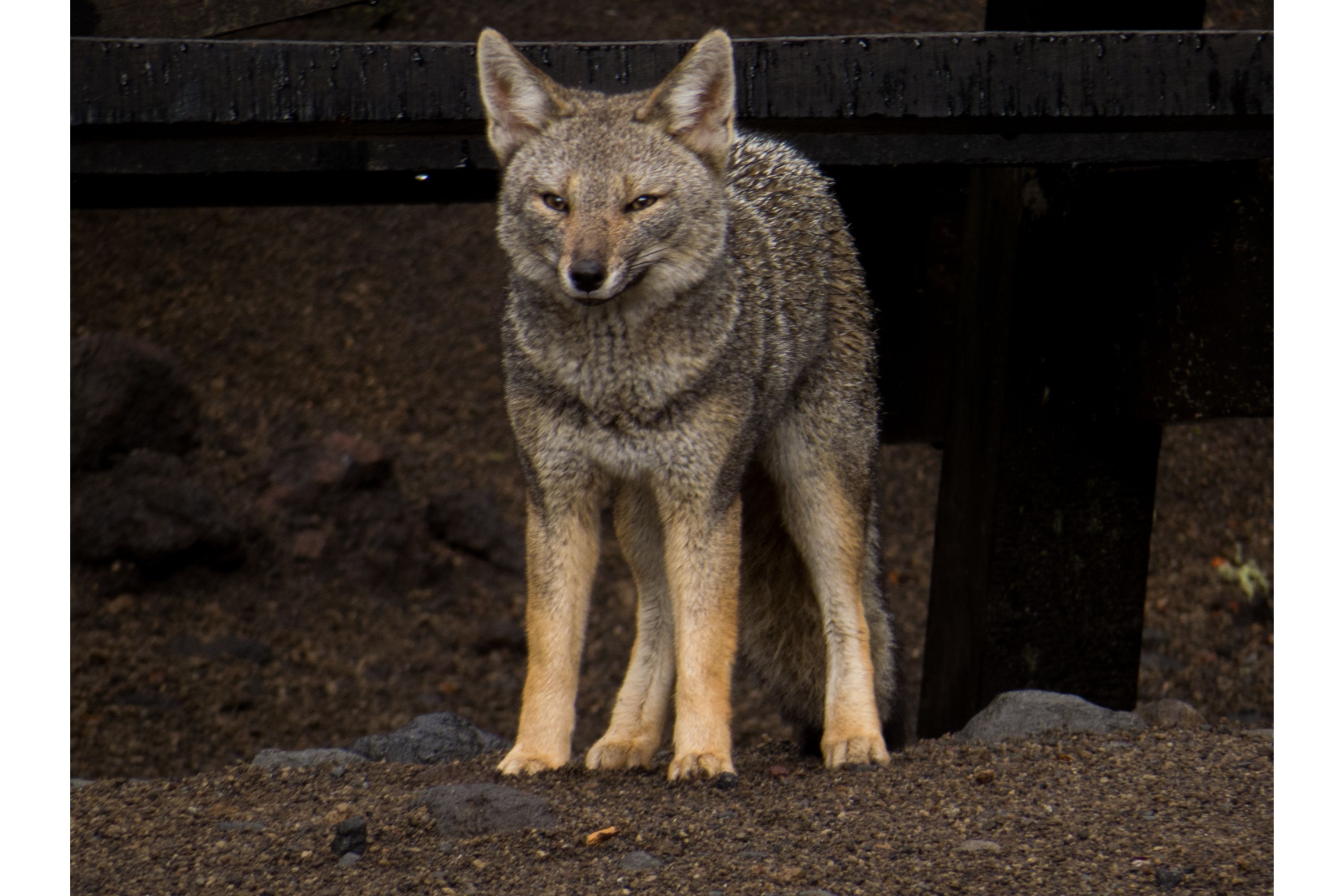Culpeo
(Lycalopex culpaeus)

Description
The culpeo (Lycalopex culpaeus), sometimes known as the zorro culpeo, Andean zorro, Andean fox, Paramo wolf, Andean wolf, and colpeo fox, is a species of South American fox. Regardless of the name, it is not a true fox, but more closely related to wolves and jackals. Its appearance resembles that of foxes due to convergent evolution. It is the second-largest native canid on the continent after the maned wolf. In appearance, it bears many similarities to the widely recognized red fox. It has grey and reddish fur, a white chin, reddish legs and a stripe on its back that may be barely visible. The culpeo is a canid intermediate in size between a red fox and a coyote. The average weight of the male is 11.4 kg (25 lb), while the typically smaller females average 8.4 kg (19 lb). Overall, a weight range of 5 to 13.5 kg (11 to 30 lb) has been reported. Total length can range from 95 to 132 cm (37 to 52 in), including a tail of 32 to 44 cm (13 to 17 in) in length. The pelt has a grizzled appearance. The neck and shoulders are often tawny to rufous in color, while the upper back is dark. The bushy tail has a black tip.The culpeo lives in a wide variety of habitats of western South America. They are found in broadleaf Nothofagus temperate rainforest, sclerophyllous matorral, deserts, and plateaus, like the Altiplano, up to the tree line (4,800 metres (15,700 ft)).The culpeo is an opportunistic predator that will take any variety of prey. It mainly feeds on rodents and lagomorphs (especially the introduced European rabbit and European hare); however, it occasionally feeds on domestic livestock and young guanacos. Culpeos are considered beneficial because they are significant predators of the rabbits introduced in 1915; such introduced rabbit populations are believed to have allowed culpeos to spread from the Andean foothills across the Patagonian plain.
Taxonomic tree:







